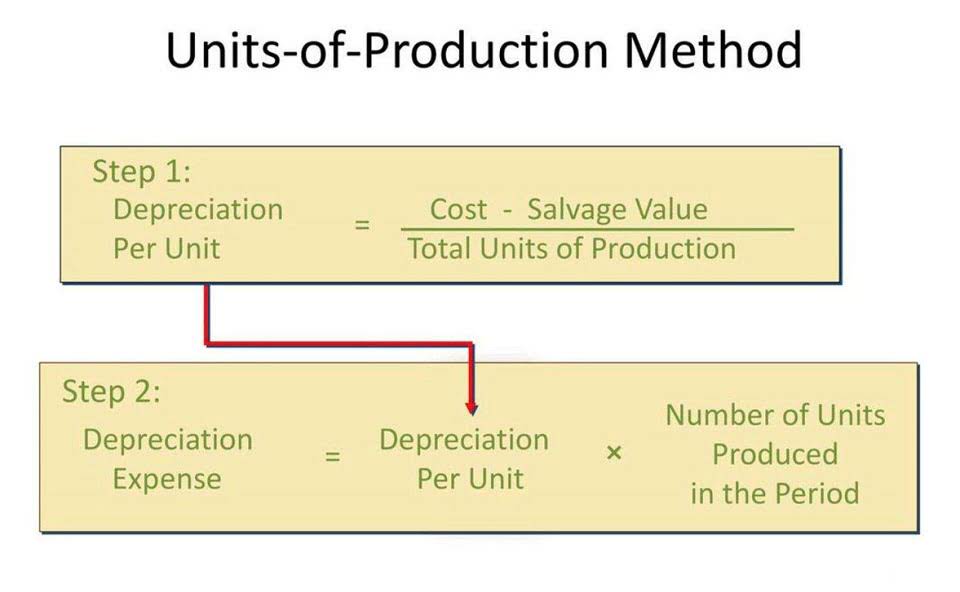
Run a Transaction List by Date report to make your accounts are empty. Changes you make in the future to a list in one company won’t be updated in another company’s list. Users you set up for one company aren’t automatically granted access to the other. Feel free to post here again if you have further questions about setting up a new company in QuickBooks. Also, I got you this great source where you can find guide articles that will help you manage your books in QuickBooks. This includes topics such as reconciliation, track income, and expenses, run reports, etc.

How to Merge Balance Sheets of 2 Different Companies in QuickBooks
- Saving and backing up the company file in QuickBooks is a crucial precautionary measure to protect the financial data, transactions, and configurations from potential loss or corruption.
- If your QuickBooks is running slow or you’re about to reach a list limit, learn what you can do with your existing file.
- Keep in mind that there are no takebacks; if you think you may want to go back to the old year for any reason, save a back-up somewhere.
- This backup step helps in safeguarding the company’s financial data, settings, and preferences from unexpected technical issues or system failures.
- You will be prompted to choose the type of company file you want to create, such as service-based or product-based.
- This vital process allows businesses to store essential information about their customers and vendors, such as names, addresses, phone numbers, email addresses, and payment terms.
You can move your lists (vendors, customers, inventory and chart of accounts) to your new company so you don’t have to start from scratch. Saving and backing up the company file in QuickBooks is a crucial precautionary measure to protect the financial data, transactions, and configurations from potential loss or corruption. When how to create a new company in quickbooks desktop deciding on the suitable QuickBooks version, it’s essential to assess the company’s size, industry-specific requirements, and future growth aspirations.
Step 1: Create a copy of an existing company file

Then, fill in the necessary company information, including the company name, address, and industry type. Creating a new company file in QuickBooks involves a series of steps to establish a fresh financial data repository for a business entity. The company file in QuickBooks enables efficient management of invoices, payments, and payroll, ensuring that all financial activities are accurately recorded and tracked. With its comprehensive functionality, the company file plays a pivotal role in supporting essential bookkeeping activities and driving informed financial decision-making.

Your projects are processes,
In this article, we will delve into the comprehensive process of setting up a new company in QuickBooks. Whether you are creating a brand-new company file or setting up a new company in QuickBooks Desktop, this guide will walk you through each step, ensuring a smooth and efficient setup. QuickBooks copies your preferences, income summary sales tax items, memorized reports, and chart of accounts to the new company file.

Once you’ve done this step, click on the button labeled “Save” to continue to the next step. Integrating QuickBooks Desktop with other business applications and bank accounts enhances its functionality, ensuring seamless financial data management and analysis. Your company file saves all of your financial info and grows with you.
- Feel free to post here again if you have further questions about setting up a new company in QuickBooks.
- If you want a user to have access to a company, you need to give them permission by adding them to the appropriate user list.
- The process ends there for whichever company you are trying to set up.
- Since there are two versions of the software, there are two processes you can follow to open multiple companies under the same account, depending on which version you are using.
- Users you set up for one company aren’t automatically granted access to the other.
- Just because a particular user has access to one of your companies does not mean that this user or other users will have access to other companies in your account.
